What are protected characteristics in education?
and what do you need to do in your school to get it right?
Part of our Teacher Training & Wellbeing series
Part of our Teacher Training & Wellbeing series
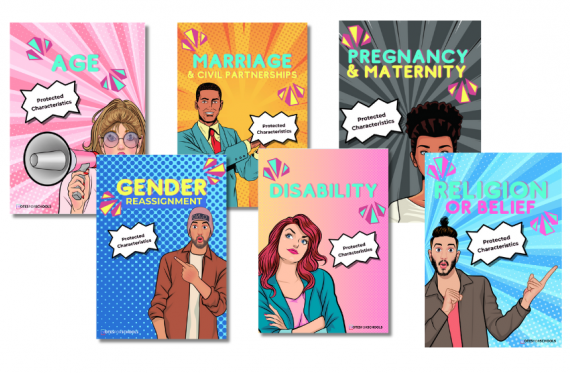
We've created 9 posters and definition cards for you to display in your school, completely free to download:
Download Display Pack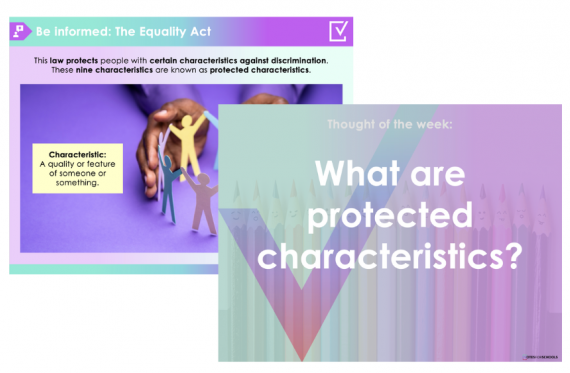
If you're looking for an assembly or lesson to teach, you can access our Protected Characteristics Lesson Pack with your VotesforSchools free trial.
Start your TrialPSHE, British Values, SLT, P4C, VfS, Personal Development, RSE... the list of specialist vocabulary in education is vast and if you're new to the classroom it can be very easy to be overwhelmed.
.
It also sometimes feels like new terms are cropping up all the time, and until a staff meeting is called to explain the lastest word on the block, you could end up wondering 'what on earth are protected characteristics and what do I need to do about them?' You wouldn't be alone.
.
That's why we've created this go-to guide to get you and your school up to speed on protected characteristics. We'll break it down for you and make it easy to understand and implement into your curriculum.
.
So, where do protected characteristics come from? The term 'Protected Characteristics' was first introduced in The Equality Act 2010. This act defined nine specific characteristics that are protected from discrimination. It's the result of years of campaigning by organizations like trade unions and equality and human rights NGOs.
.
Now, let's look at the nitty-gritty. What exactly are these protected characteristics? There are nine of them: age, disability, gender reassignment, marriage and civil partnership, pregnancy and maternity, race, religion or belief, sex, and sexual orientation. As an educator, you have a legal obligation to promote equality and tackle discrimination based on these characteristics. It's essential to ensure that all students have equal access to opportunities and resources, regardless of their background or identity.
.
To get a more detailed understanding of each protected characteristic and how it can impact a student's experience in education, see below.
Discrimination based on age is unlawful, and everyone should be treated equitably, regardless of age.
Younger students may be seen as immature or inexperienced, while older students may be viewed as more mature or responsible. Additonally, during adolescence, students may experience hormonal changes that can impact their physical and emotional well-being, such as puberty or menstruation. For example, female students may face stigma or exclusion related to menstruation or pregnancy, while male students may face assumptions about masculinity or aggression. These stereotypes can lead to discrimination, negative stereotypes or exclusion from certain activities or opportunities.
Reasonable adjustments must be made to provide equal opportunities for students with disabilities.
Disabled students may face physical and attitudinal barriers that prevent them from accessing education, such as inaccessible buildings, lack of assistive technology or support, or negative attitudes from peers and staff. Disability discrimination can limit students' opportunities and undermine their potential.
Discrimination against transgender individuals is illegal, and they must be treated with dignity and respect.
Students who are transitioning may face harassment, bullying, and discrimination from peers and staff who are not supportive of their gender identity. This can lead to poor mental health, social isolation, and academic difficulties.
Married and civil partnered individuals must not face discrimination.
Students with parents or carers who are married or in a civil partnership may face assumptions and stereotypes about their family structure or their ability to focus on their education. Similarly, students with divorced or separated parents may face stigma or negative stereotyping that can impact their self-esteem and well-being. Furthermore, students with same-sex or LGBTQ+ parents may face discrimination or exclusion from certain activities or opportunities based on their family structure. It's important to create a welcoming and inclusive learning environment that respects and celebrates diversity in all its forms.
Discrimination against pregnant individuals or those on maternity leave is illegal.
Pregnant or parenting students may face negative attitudes and stereotypes from peers and staff, such as assumptions that they are less committed to their education or that they cannot succeed academically while also caring for a child. This can lead to social isolation, academic difficulties, and discrimination.
Discrimination based on race or ethnicity is illegal, and everyone should be treated equitably.
Students from ethnic minority backgrounds may face racism, discrimination, and negative stereotyping from peers and staff. This can impact their self-esteem, sense of belonging, and academic performance, as well as limit their opportunities.
Discrimination based on religion or belief is illegal, and individuals' beliefs must be respected.
Students from different religious or belief backgrounds may face discrimination, bullying, or negative stereotyping based on their beliefs. This can lead to social isolation, conflict, and exclusion from certain activities or opportunities.
Discrimination against men, women, and non-binary individuals is illegal.
Students may face sexism, gender stereotyping, and harassment based on their sex or gender identity. This can impact their self-esteem, mental health, and academic performance, as well as limit their opportunities.
Discrimination based on sexual orientation is illegal, including discrimination against individuals who identify as gay, lesbian, bisexual, or any other sexual orientation.
Students who identify as LGBTQ+ may face homophobia, biphobia, or transphobia from peers and staff, as well as discrimination or exclusion from certain activities or opportunities. This can lead to social isolation, mental health problems, and academic difficulties.
.
Schools have a legal obligation to promote equality and tackle discrimination based on the nine protected characteristics outlined in the Equality Act 2010. This means that they must take active steps to ensure that all students are treated fairly and have equal access to opportunities and resources, regardless of their age, disability, gender reassignment, marriage and civil partnership, pregnancy and maternity, race, religion or belief, sex, or sexual orientation. The following 7 steps will help ensure that you have got it covered in your school:
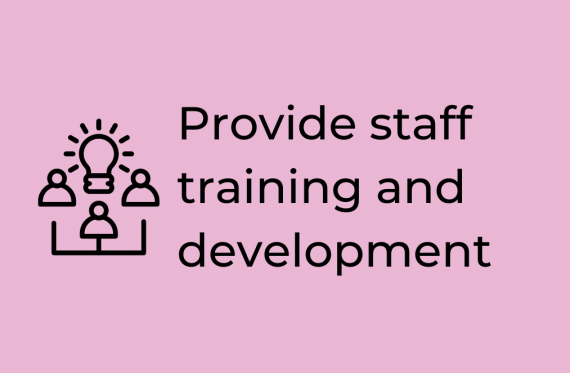
By providing staff training and development on protected characteristics, unconscious bias, and inclusive practices, you can create a more aware and knowledgeable school community. This can lead to more inclusive teaching practices and a greater sense of belonging for all students.
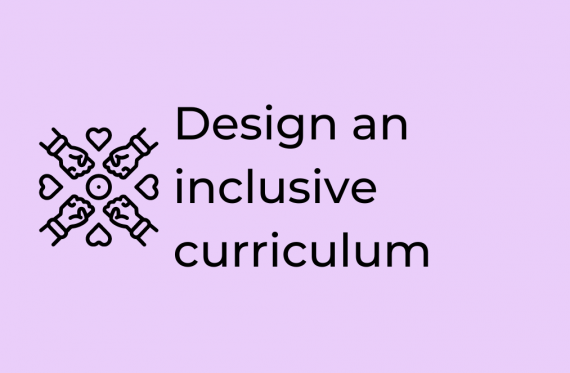
Designing and delivering an inclusive curriculum is key to making all students feel seen, valued, and engaged in their learning journey. In 2020, VotesforSchools asked 7-18 year olds if they felt that the curriculum was representative of themselves. More than 30,000 children responded, with the majority answering "no" - the curriculum is not diverse and representative. After these results, one of our subscribed schools reached out to let us know that they had used the results to make a conscious effort to incorporate diverse perspectives and experiences into their lessons. For instance, when teaching any aspect of history, they explore the contributions of individuals from different races and backgrounds, shedding light on often overlooked narratives. They also sought feedback from students to ensure that their curriculum reflected their identities and cultures, fostering a sense of belonging.
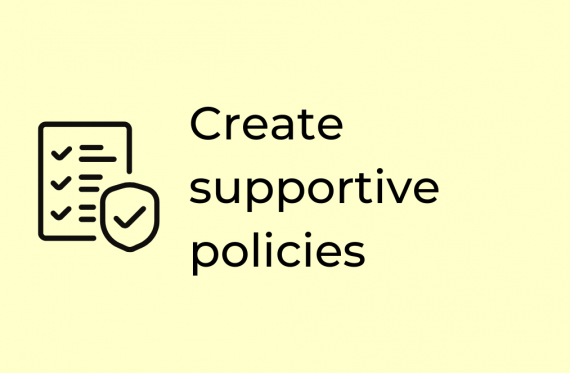
Developing and implementing policies and procedures that are inclusive and promote equality for all students works to create a safer and more welcoming school environment. This can include policies on bullying, harassment, and discrimination, as well as policies that support students who may require additional accommodations or adjustments.
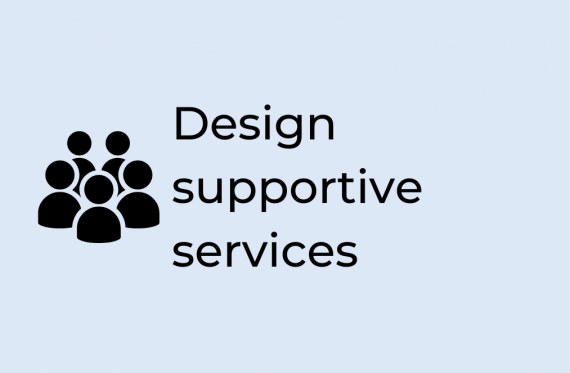
Providing support systems for students who experience discrimination or inequality based on protected characteristics is crucial. In a previous school I worked in, we implemented various measures to empower and support these students. We established a counseling service where students could confidentially discuss their experiences and receive guidance. Peer support programs, such as mentorship initiatives, allowed students to connect with older students who had faced similar challenges and could provide guidance and encouragement. By creating a supportive network, we helped students navigate and overcome the obstacles they encountered due to their protected characteristics.
We also organized awareness campaigns and assemblies to educate the entire student body about the importance of empathy, respect, and inclusivity. These initiatives fostered a culture of understanding and support, making it clear that discrimination or inequality based on protected characteristics would not be tolerated.

Promoting a positive school culture that values diversity and inclusion helps to create a sense of community and belonging for all students. The ways to do this are numerous - from "Culture Days" where students can showcase their inidividual cultures and values, to organising workshops and discussions on stereotypes and biases - and everything in between. I've listed some ideas below:
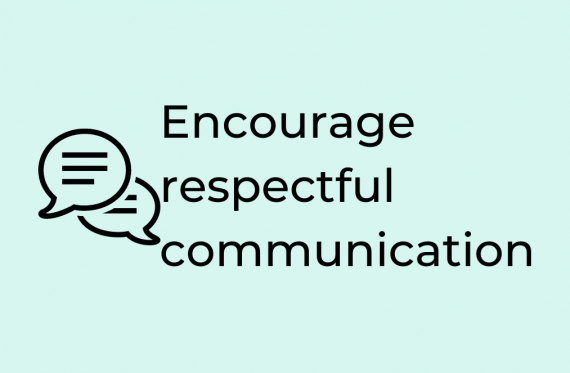
Promoting open and respectful communication among students and staff is crucial for building trust, understanding, and preventing discrimination or exclusion. Afterall, our jobs relies on building relationships & trust with multiple young people at any time, ensuring that they feel respected and heard. I've dropped some suggestions below on what you may wish to add into your teaching practise if you feel that communication in your classroom could be improved:
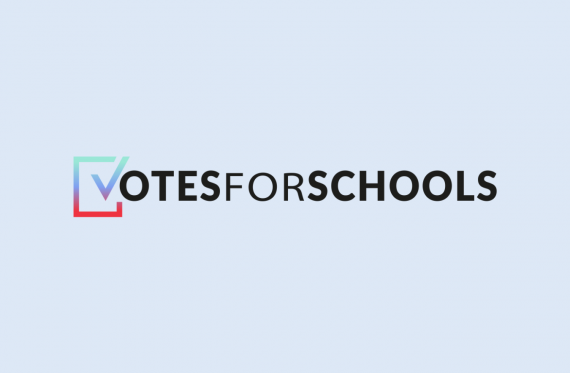
One simple yet effective way to implement many of these steps is by taking part in weekly VotesforSchools lessons. My previous school found great success in using VotesforSchools resources to encourage critical thinking and promote open discussions on topics related to protected characteristics. These lessons provided students with the opportunity to express their opinions, engage in debates, and explore different perspectives. The resources offered by VotesforSchools were carefully designed to cover a wide range of topics and ensure positive representation of different cultures, identities, and perspectives. By incorporating VotesforSchools into our curriculum, we not only enhanced students' oracy skills but also empowered them to identify and tackle discrimination in all its forms.
This article was written by Amy - a primary school teacher in an inner-London primary school for four years. During that time, she taught weekly VotesforSchools lessons and enjoyed them so much that she began working with VotesforSchools to help spread the word about our resources!
Last updated, July 8th 2024 by Admin.
You might also enjoy:
Complete this form to access the Protected Characteristics Display Pack